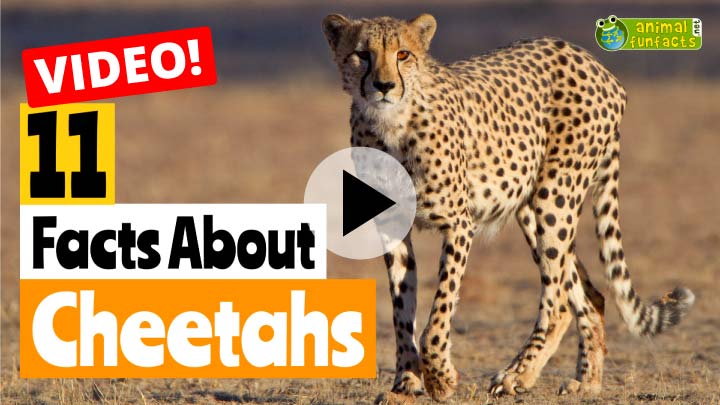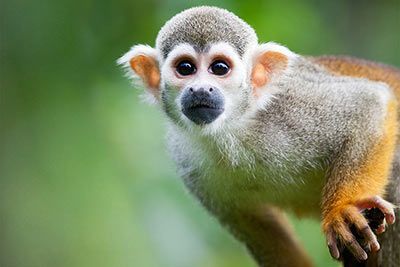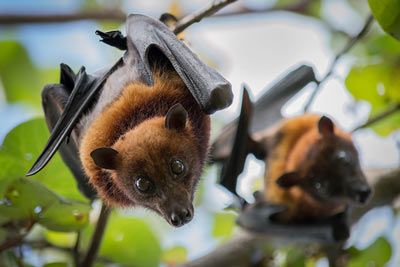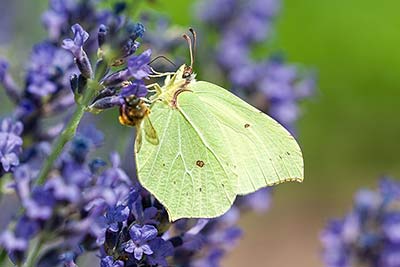Cheetah
Cheetah Facts
| Size | Up to 5 ft (1.5 m) (body); tail up to 27.5 inch (70 cm) |
| Speed | Up to 74.5 mph (120 km/h) |
| Weight | Up to 132 lb (60 kg) |
| Lifespan | 10-15 years |
| Food | Hoofed animals, animals weighing less than 132 lb (60 kg) |
| Predators | Lions, eagle |
| Habitat | Africa, Asia |
| Order | Carnivores |
| Family | Cats |
| Scientific name | Acinonyx jubatus |
| Characteristics | Fastest land animal |
Main Characteristics
Cheetahs are big cats. They are considered the fastest land animals in the world and they are famous for their exceptional running technique, allowing them to make quick turns. Their physical characteristics are solid black spots on their fur and two vertical tear-like streaks running down their face. This makes a cheetah look as if it would cry tears.
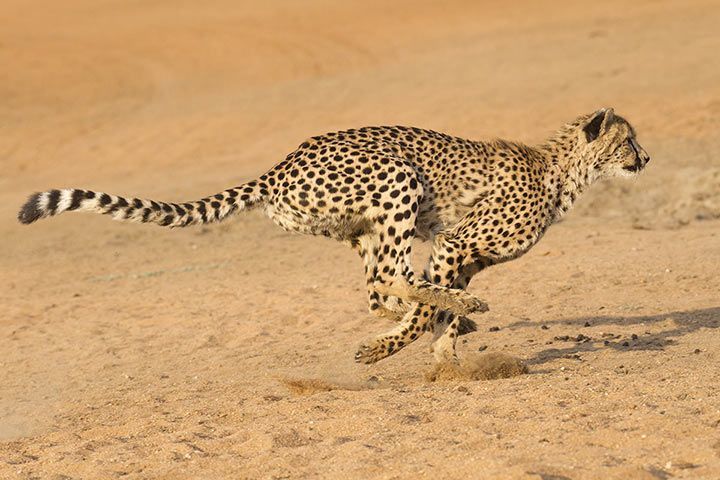
Cheetah Species
According to the IUCN (International Union for Conservation of Nature) there are three African and one Asian subspecies of the cheetah. African cheetahs live all over Africa, most of them in the southeast. In 2022 there were only twelve Asian cheetah animals left, nine of which were male and three female (as of November 2023; no more recent data avaiable). They live in Iran.

Behavior
Are Cheetahs Pack Animals?
No. The only cats that make up packs are lions.
Can a Cheetah Climb Up Trees?
Yes, but it can't climb as skillfully and not as high as other big cats (like leopards).
Can a Cheetah Kill a Giraffe?
No. Giraffes are too big and too heavy for a small cheetah. It can't prey on large ostriches and zebras either. Those animals are even able to kill a cheetah with a powerful kick.
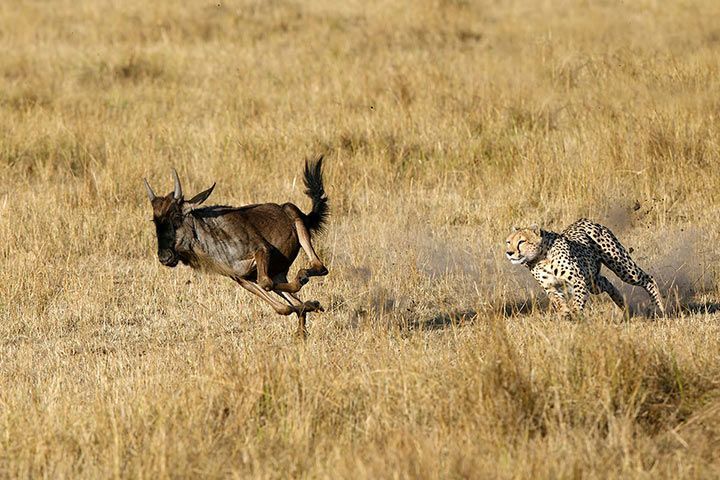
From here you find facts written by animalfunfacts.net fan L.R.:
 Cheetahs Are the Fastest Land Animals
Cheetahs Are the Fastest Land Animals
As we all know, cheetahs are the world’s fastest land animals. But what would it be like if you compared the sprint of a cheetah with the currently fastest human in the world, the Jamaican Usain Bolt? Bolt runs 328 feett (100 meters) in 9.58 seconds. A cheetah also sprinted a distance of 328 feet (100 meters) on a special course in the USA. The cheetah lady reached the finish line after terrific 6.13 seconds – much faster than the Jamaican star.
How Can Cheetahs Run So Fast?
The cheetah is a real sprinter by nature. It has long and slim legs, a slim body, and a flexible spine that enable large stride lengths. Its nasal cavities, bronchia, and lungs are enlarged to be able to inhale a larger amount of oxygen more quickly. Its set of teeth is smaller and rather weak compared to other cat species.
Hunting Technique
If the cheetah sights an antelope for instance, it creeps up to it up to a distance of about 328 feet (100 meters). Thanks to its flexible spine, the cheetah reaches a stride length of up to 23 feet (7 meters). Then the cheetah starts running and accelerates with lightning speed.
The surprise effect helps it to gain precious time. If it hasn’t managed to catch up with its prey after about 0.24 miles (400 meters), it has to give up. If the hunt is successful, the cheetah runs into the legs of its victim to make it stumble and fall down.
Then it grabs it by the throat with its teeth and smothers its prey. Then the cheetah has to rest, because the fast sprint otherwise could overheat its muscles. However, it also has to hurry up with devouring its prey, because the cheetah is unable to defend it against scavengers such as hyena.
Reproduction
One to three babies are born after 95 days. During the first eight weeks they stay well hidden in the thicket. This is important for their safety as their mother is unable to defend them against enemies. Silvery hair grows on the back of the little cheetahs, but they lose it within a period of about three weeks.
Enemies and Threats
Are Cheetahs an Endangered Species?
According to an estimate from 2021, there are only 6,500 cheetahs left (as of November 2023; no more recent data available). The cheetah is registered as a vulnerable species in the red list of the IUCN.
The facts above were submitted by animalfunfacts.net fan L.R. Thanks for this amazing article!
The Cheetah Is Related To:
- Cougar
Animals in the Same Biome:
Video: 11 Facts About Cheetahs
(Video opens on YouTube)













